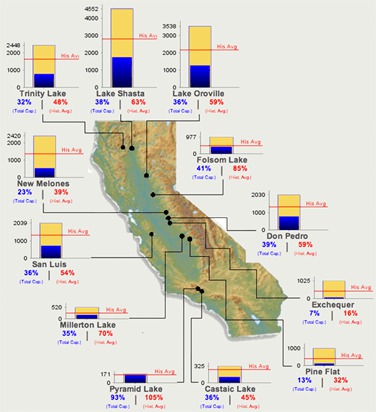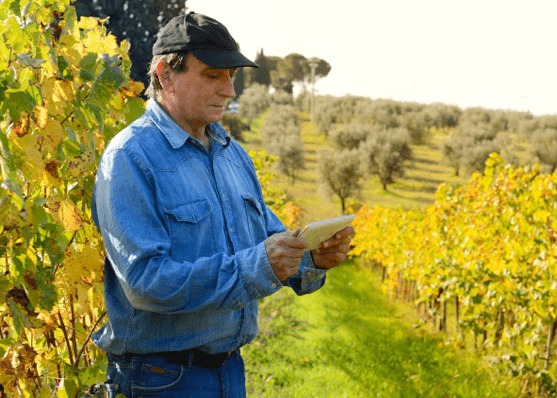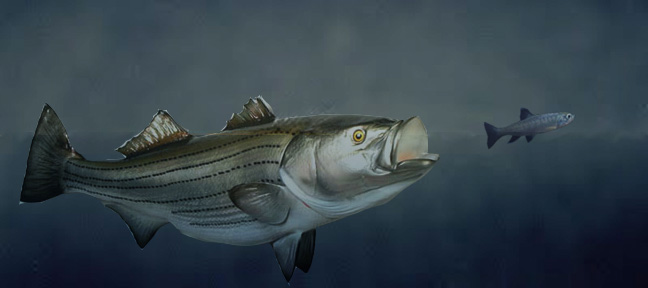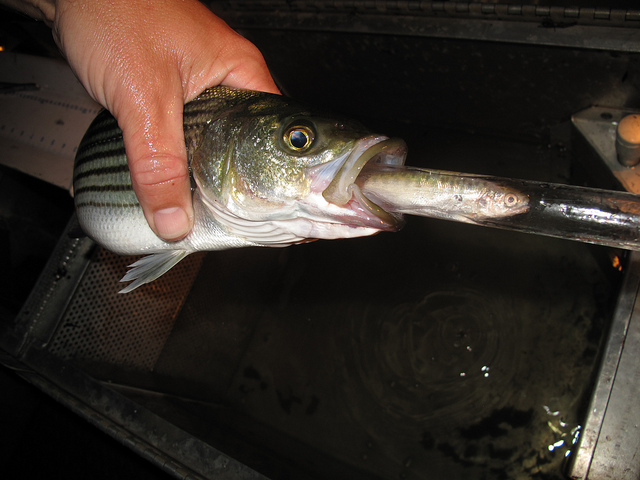One failure is we’re not capturing and storing nearly as much floodwater as we should.
Continue readingToday’s World is Full of Uncertainties. Your Food Supply Shouldn’t be One of Them
Today’s World is Full of Uncertainties. Your Food Supply Shouldn’t be One of Them
Abandoning Established Water Law Does Nothing to Produce or Save One Drop of Water and Puts Our Food Supply at Risk
Abandoning Established Water Law Does Nothing to Produce or Save One Drop of Water and Puts Our Food Supply at Risk
Are Curtailments a Balanced Water Use?
A Better Solution for Drought Resilience
CDEC Reservoir Levels Map Copy
CDEC Reservoir Levels Map
California relies on water stored during wet years for use during dry years. Water storage, both above and below ground is critical to California. The map below shows how much water is in California’s major above-ground storage. These California’s Daily Reservoir Levels, per Department of Water Resources’ CDEC, is the water currently stored in […]
Poll affirms Americans’ support for farm water
Poll affirms Americans’ support for farm water Americans have confirmed their support for farmers’ use of water to produce food and fiber during times of scarcity in a recent poll by AP-GfK. The drought now affecting California and other Western states has captured the public’s attention, with the majority of those polled (56 percent) noting […]
What do fish eat? Fish.
UPDATED 5-29-15 Assembly Member Rudy Salas (D-Bakersfield) has introduced AB 1201, a legislative bill that would require the California Department of Fish and Wildlife to develop and initiate a science-based approach that helps address predation by non-native species on Delta species. According to analysis prepared by Assembly Water, Parks and Wildlife Committee staff, the bill would accomplish […]
Many Delta Stressors Impacting Delta Smelt and Delta Health
There are far bigger issues affecting the Delta than water exports and returning to a time prior to Western development is unrealistic. To describe the Delta as altered is to say that New York City is populous or California water politics contentious. Since the 19th century when locals began to reclaim the marshlands, dike the […]




